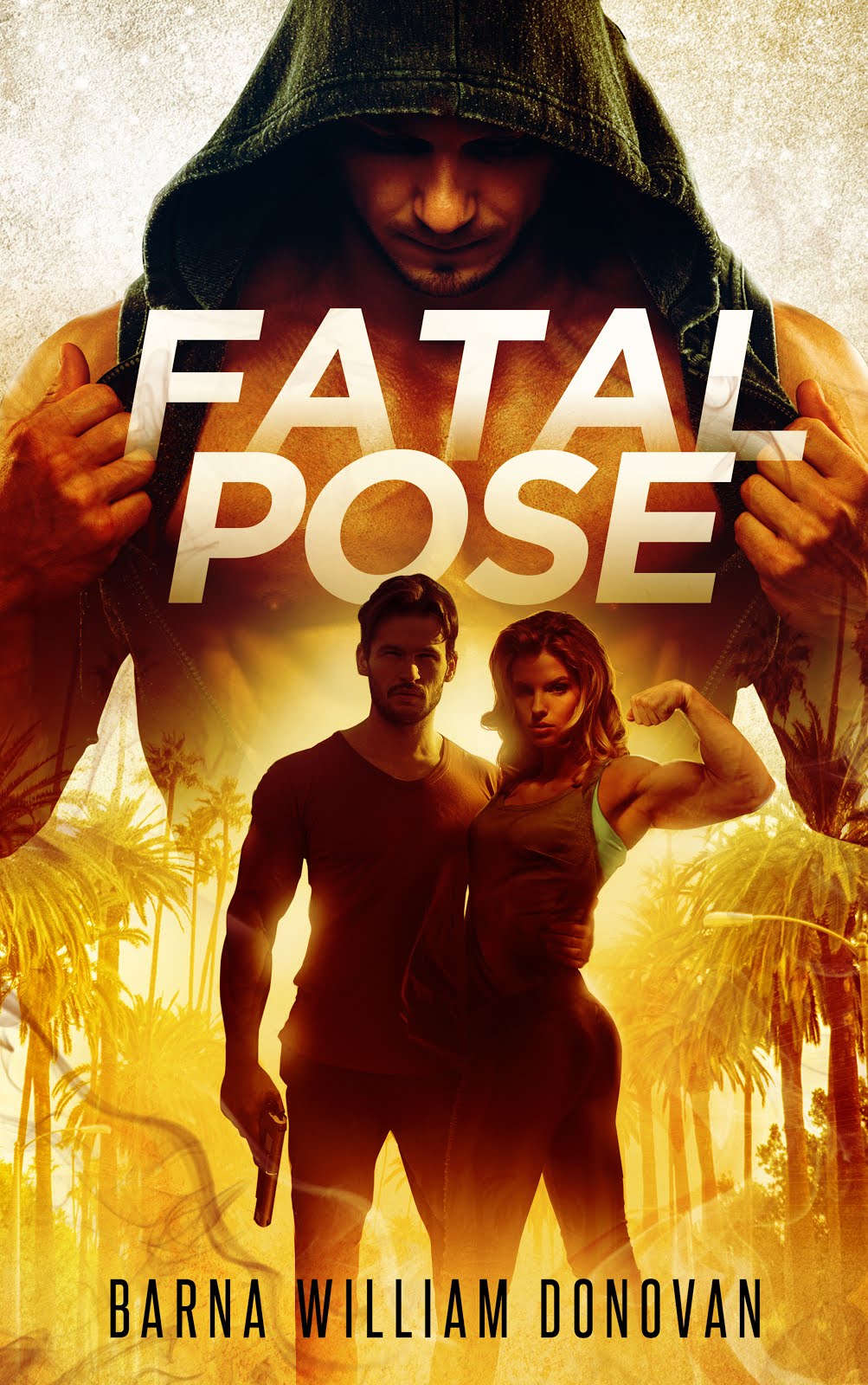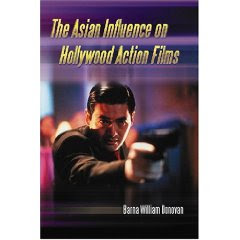In March I was the keynote speaker at the Central New Jersey MENSA chapter’s annual convention, discussing misinformation and conspiracy theories, the reasons so many are obsessed with them more than ever today, the pernicious social impact of these belief systems and how to try and combat them. But we also discussed an aspect of conspiracism that is just as dangerous to society; the turning of the phrase “conspiracy theory” into a thought-stopping cliché deployed to shut down conversation, debate, and any and all questions aimed at institutions of power. In the months since the MENSA gathering, this problem only seems to be getting worse. Calling someone a “conspiracy theorist” is now the surest way to try and silence anyone who disagrees with you.
As I had written before in my discussions of my work on the conspiracist phenomenon, its reflections in art and popular culture as well as my run-ins with members of this community—and as you can read in my dialogue with many of these people in this blog, especially the recent posts about the special edition magazines on vampires and Dungeons and Dragons—I think these belief systems have metastasized into something destabilizing and malignant in societies where they take root. And these theories have spread in numerous foreign countries as well, not just in the United States. Check out links here, here and here, for articles about conspiracy beliefs in Europe. Far from merely questioning authorities and being suspicious of bureaucracies and officialdom, the modern conspiracy movement has turned into a phantasmagorical alternate universe where no consensus reality exists, where people create their own reality at will.
Conspiracism has created delusional subcultures of people who believe the Earth is flat, that reptilian aliens are running the world, the Moon landing is a hoax, and that the New World Order cabal used nuclear warheads and death rays from space to destroy the World Trade Center towers on 9/11. These are, of course, a very, very few examples of what goes on in conspiracy world. If you are an avid reader of conspiracy sites like "Before It’s News" and "State of the Nation" and any number of their ilk across cyberspace, you can be deluged by a daily tsunami of conspiracy theories about false flag attacks, predictive programming, crisis actors, the “true” origins of Covid, and rococo yarns spun about “Khazarian” plots to enslave the world that sound so illogical that even the most whimsical science fiction fan couldn’t suspend enough disbelief to accept them on the pages of low-rent pulp novels.
Conspiracism leads to a dangerous, unstable world of total relativism, a world where there is no consensus reality, a rejection of all proven expertise, and a place that rejects empirical, evidence-based logic. Although conspiracy world claims to be looking for the “truth” that is “out there,” truth actually does not exist in that world. Truth and reality are whatever you decide they are because they make you feel good. If someone attempts to interrogate your truth, to attempt to counter it with empirical facts, you dismiss that person by accusing them of being a part of the conspiracy. In conspiracy world, people will not only make up their own creative fantasies about human sacrifices and vampiric blood-drinking rites being carried out in tunnels under pizza parlors, but they might pick up a gun and storm pizza parlors on a rescue operation. In conspiracy world, people’s lives were put at risk after a fraudulent claim that the measles vaccine caused autism. Starting in 2020, thousands of people with compromised immune systems, in essence, committed suicide by refusing to take the Covid vaccines after choosing to believe their own personal truth about those vaccines carrying microchips made with alien technology in order to alter human DNA.
And conspiracy theories are dangerous because they make many more people automatically suspicious of charges of official misconduct, corruption, and coverup. If people read enough claims of Covid 19 having been caused by G5 cell towers as a part of a mind-control operation by the Illuminati, they tend to dismiss the very real forms of governmental overreach during the pandemic, dishonesty about the efficacy of the vaccines and the lockdown efforts to contain the virus, and the heavy-handed attempts to censor and limit questions and public discussion about the possible origins of the outbreak itself. This is how the term “conspiracy theorist” turns into a thought-stopping cliché, a cudgel to beat down any skeptic of official narratives and policy.
The most egregious example of the weaponization of the term “conspiracy theory,” its use as a tool of censorship was in the case of Covid origins. The early hypothesis about the origins of Covid favored by the scientific establishment was that it originated in Wuhan in a wet market where animals like pangolins and racoon dogs were sold for food. Almost from the very beginning, however, any alternative hypotheses like the possibility that the virus could have escaped from a local laboratory where gain of function research—research on how to modify viruses to make them more deadly—was underway was derided as dangerous, “baseless” conspiracy theories. How the idea that a disease outbreak starting in the city where a laboratory was working on increasing the lethality of viruses could be regarded as “baseless” defies all sense and logic. The Chinese government not only denied these claims vociferously, but it hampered the world scientific community’s efforts to find the outbreak’s origins. But such would be expected from a genocidal dictatorship. One would not expect it, however, from many in the scientific establishment who immediately declared that any and all discussion of the lab leak theory should be suppressed immediately. Science, after all, is a method for seeing knowledge, seeking empirical, quantifiable facts. This process involves constantly questioning research findings themselves, double-checking, and constantly replicating previous claims to the truth to make sure that no mistakes had been made. However, in the Covid era's anti-conspiracy hysteria, not only was the idea that a lethal virus could escape from a research facility that was tasked with creating lethal viruses a “baseless conspiracy theory,” but that it was a racist conspiracy theory for good measure. Moreover, it is outrageous how American technology giants like Facebook banned all information suggesting the lab leak theory for nearly two years.
As this article details, during its early days in power, the Biden administration had exerted so much pressure on Facebook that the tech giant was removing joke memes about the possibility of the Covid vaccines being dangerous. The government’s attempt to exert pressure on a private media company to influence its content is censorship in its purest, most reprehensible form. Critics of this policy today are labeled as, of course, “conspiracy theorists.
But who is mostly to blame for this weaponization of the term “conspiracy?” I would still argue that it’s the conspiracy culture itself. It’s still the clown world of QAnon and people who had never gotten the note that the eighties are over and there are no global Satanic cults running daycare centers—or pizza parlors—and performing blood-drinking rituals in tunnels deep under the earth. There is, however, the despicable evil of global sex-trafficking organized crime rings, organizations that engage in the trafficking of children as well as adults. They do exist and they constitute a $150 billion a year industry. The problem, however, is that warnings of the existence of these crime syndicates have now been tainted by conspiracism. It becomes harder for some to talk about global crime rings when the discussion raises the echoes of State of the Nation, QAnon, and the madness of their conspiracy theories.
Likewise, many had been perfectly comfortable with the censorship of any discussion and debate about the origins of Covid, the effectiveness of draconian lockdown measures, and the effectiveness of vaccines and boosters. As we now know, however, Covid most likely came from a Wuhan lab, the most restrictive of lockdown measures during the pandemic proved to be no more effective in stopping the spread of the virus than the most lax of the Covid policies, and many people who had been vaccinated and boosted still got sick from Covid and still spread the virus. But the madness of conspiracy world helped kill off any tolerance for debate, discussion, and the questioning of official narratives about the pandemic.
And that is the true danger of conspiracism.















